Home>Furniture & Design>Outdoor Furniture>What Rope Is Best For Outdoor Use
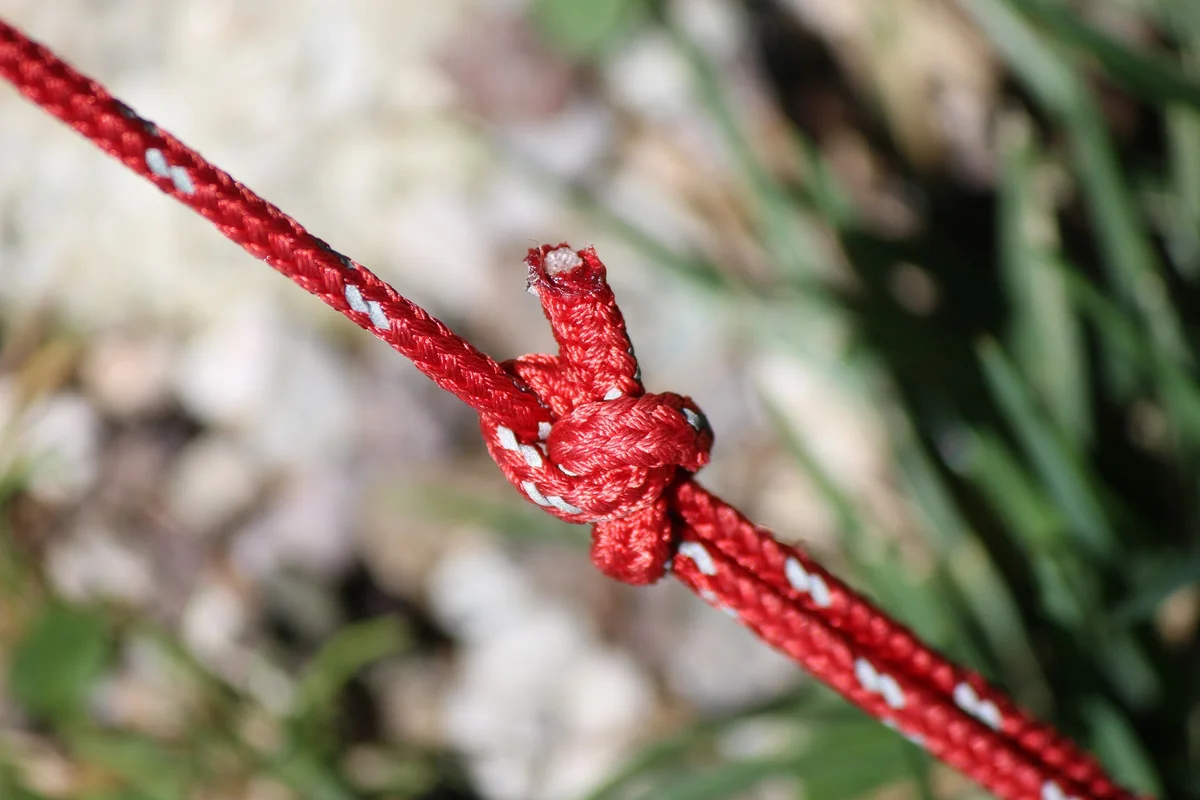

Outdoor Furniture
What Rope Is Best For Outdoor Use
Published: January 13, 2024
Discover the best rope for outdoor use with our comprehensive guide. Explore outdoor furniture, design tips, and more. Perfect for your outdoor space.
(Many of the links in this article redirect to a specific reviewed product. Your purchase of these products through affiliate links helps to generate commission for Storables.com, at no extra cost. Learn more)
Introduction
When it comes to outdoor furniture and design, every little detail matters. From the type of wood used in a chair to the fabric of a cushion, each component plays a crucial role in the overall aesthetic and functionality. One often overlooked element is the rope used in outdoor furniture. Whether it’s for a hammock, a chair, or a decorative piece, the right rope can enhance the durability and visual appeal of the furniture.
Choosing the best rope for outdoor use involves considering various factors, such as weather resistance, strength, and maintenance requirements. Natural fiber ropes, such as cotton and hemp, offer a classic look and feel, while synthetic ropes, like nylon and polyester, provide exceptional durability and weather resistance. Furthermore, understanding the construction of ropes and the specific factors to consider can help you make an informed decision when selecting the ideal rope for your outdoor furniture.
In this article, we will explore the different types of ropes commonly used in outdoor furniture, delve into their construction, and discuss the essential factors to consider when choosing the best rope for outdoor use. By the end of this journey, you will be equipped with the knowledge to select the perfect rope that not only complements your outdoor furniture but also withstands the elements for years to come.
Key Takeaways:
- Natural fiber ropes like cotton and hemp offer a classic look, but may require more maintenance. Synthetic ropes like nylon and polyester provide exceptional durability and weather resistance for outdoor furniture.
- When choosing rope for outdoor furniture, consider weather resistance, strength, maintenance, aesthetic compatibility, and environmental impact. Understanding rope construction and material characteristics is crucial for informed decision-making.
Read more: What Is The Rope Ladder For?
Natural Fiber Ropes
When it comes to achieving a natural and rustic aesthetic in outdoor furniture, natural fiber ropes are a popular choice. These ropes are typically made from materials such as cotton, hemp, or manila, offering a timeless appeal that complements various outdoor design styles.
Cotton Ropes: Known for their soft texture and flexibility, cotton ropes are gentle on the skin, making them ideal for hammocks and swing chairs. However, it’s important to note that cotton ropes are not as resistant to the elements as synthetic options, and they may deteriorate more quickly when exposed to moisture and prolonged sunlight.
Hemp Ropes: Hemp ropes are renowned for their strength and durability. They are resistant to mold and ultraviolet (UV) rays, making them suitable for outdoor use. Additionally, hemp ropes have a natural, earthy appearance that complements organic outdoor furniture designs. Their robust nature makes them an excellent choice for supporting heavy loads, such as in a hammock or a hanging chair.
Manila Ropes: Made from the fibers of the abaca plant, manila ropes are known for their exceptional strength and resistance to abrasion. They are well-suited for outdoor furniture that requires sturdy support, such as porch swings and decorative rope accents. However, like cotton ropes, manila ropes may degrade over time when exposed to moisture and sunlight, requiring regular maintenance to prolong their lifespan.
While natural fiber ropes exude a charming, organic appeal, it’s essential to consider their maintenance requirements and susceptibility to environmental factors. When using natural fiber ropes in outdoor furniture, it’s advisable to protect them from prolonged exposure to moisture and sunlight, as well as to inspect and maintain them regularly to ensure their longevity.
Synthetic Ropes
For outdoor furniture and design that demands durability and weather resistance, synthetic ropes offer a compelling solution. These ropes are crafted from man-made materials, such as nylon, polyester, or polypropylene, and are engineered to withstand the harsh outdoor elements while maintaining their strength and visual appeal.
Nylon Ropes: Nylon ropes are renowned for their exceptional strength and elasticity, making them ideal for outdoor furniture that requires flexibility and resilience. They are resistant to abrasion, UV rays, and mildew, ensuring longevity in various outdoor settings. Additionally, nylon ropes are available in a wide range of colors and diameters, providing versatility in design and application.
Polyester Ropes: Polyester ropes are prized for their durability and resistance to stretching and abrasion. They are well-suited for outdoor furniture exposed to constant tension and harsh weather conditions. Polyester ropes retain their strength when wet and are resistant to UV degradation, making them an excellent choice for marine environments and outdoor seating that requires reliable support.
Polypropylene Ropes: Polypropylene ropes are lightweight, buoyant, and resistant to water absorption, making them suitable for outdoor furniture used near water bodies or in humid climates. While not as strong as nylon or polyester ropes, polypropylene ropes offer excellent resistance to mildew and chemicals, enhancing their suitability for outdoor applications where moisture and environmental exposure are prevalent.
When selecting synthetic ropes for outdoor furniture, it’s crucial to consider the specific environmental conditions and usage requirements. The inherent strength and weather-resistant properties of synthetic ropes make them an excellent choice for outdoor furniture that demands longevity and minimal maintenance. Additionally, their versatility in color and texture allows for creative design possibilities, enabling furniture designers to achieve both aesthetic appeal and functionality in their outdoor creations.
When choosing a rope for outdoor use, look for one that is made of durable materials like nylon or polyester, and is resistant to UV rays and moisture. These ropes are strong and will hold up well in outdoor conditions.
Rope Construction
The construction of a rope plays a pivotal role in determining its strength, flexibility, and overall performance in outdoor furniture applications. Understanding the different rope constructions can provide valuable insights when selecting the most suitable option for specific furniture designs and usage scenarios.
Laid Rope: Laid ropes, also known as twisted ropes, are constructed by twisting multiple strands of fibers together in a helical pattern. This traditional construction method results in a rope with excellent tensile strength and resistance to abrasion. Laid ropes are commonly used in applications where a classic, natural appearance is desired, such as in decorative elements and traditional-style outdoor furniture.
Braided Rope: Braided ropes are crafted by intertwining strands of fibers to create a unified, balanced structure. This construction technique yields a rope with high flexibility, minimal stretch, and enhanced durability. Braided ropes are well-suited for outdoor furniture that requires reliable strength and resistance to kinking, making them an ideal choice for hammocks, swings, and load-bearing components.
Twisted Rope: Twisted ropes, also referred to as plaited ropes, are constructed by twisting together multiple yarns or strands in a balanced pattern. This construction method results in a rope with a smooth surface and enhanced abrasion resistance. Twisted ropes are commonly employed in outdoor furniture that demands a sleek, refined appearance and robust performance, such as in nautical-themed designs and decorative accents.
Each rope construction offers distinct characteristics that cater to specific requirements in outdoor furniture design. Whether prioritizing strength, flexibility, or visual appeal, the choice of rope construction can significantly impact the overall functionality and aesthetic of the furniture piece. By considering the intended usage and environmental conditions, furniture designers can leverage the unique attributes of different rope constructions to elevate the quality and longevity of their outdoor creations.
Factors to Consider
When selecting the best rope for outdoor furniture, several key factors should be taken into account to ensure optimal performance, longevity, and visual appeal. By considering these essential elements, furniture designers and outdoor enthusiasts can make informed decisions that align with the specific requirements of their outdoor furniture pieces.
- Weather Resistance: Assess the outdoor environment where the furniture will be placed. Consider the exposure to sunlight, moisture, and temperature variations. Choose a rope material and construction that can withstand the prevailing weather conditions to prevent premature degradation and maintain the furniture’s integrity.
- Strength and Load Capacity: Evaluate the intended use of the furniture and determine the required load-bearing capacity of the rope. For applications such as hammocks, swings, or suspended seating, prioritize ropes with high tensile strength and appropriate load-bearing capabilities to ensure safety and durability.
- Maintenance Requirements: Consider the maintenance demands of different rope materials and constructions. Some ropes may require periodic cleaning, conditioning, or protection from prolonged exposure to the elements. Choose a rope that aligns with the maintenance preferences and capabilities to sustain its quality over time.
- Aesthetic Compatibility: Harmonize the visual characteristics of the rope with the overall design and style of the outdoor furniture. Whether aiming for a natural, rustic look with natural fiber ropes or a modern, resilient appeal with synthetic ropes, ensure that the chosen rope complements the furniture’s aesthetic and enhances its visual allure.
- Environmental Impact: Consider the eco-friendliness and sustainability of the rope material. Opt for ropes made from renewable or recyclable fibers to minimize the environmental footprint of the outdoor furniture. Additionally, prioritize ropes that are free from harmful chemicals and dyes to promote a healthier outdoor environment.
By carefully evaluating these factors, individuals can make well-informed decisions when selecting ropes for their outdoor furniture. Whether prioritizing durability, aesthetics, or environmental consciousness, the thoughtful consideration of these elements can lead to the creation of outdoor furniture pieces that embody both functionality and visual appeal, enhancing the outdoor living experience for years to come.
Read more: What Screws Are Best For Outdoor Use
Conclusion
Choosing the best rope for outdoor furniture is a decision that intertwines functionality, aesthetics, and durability. Whether opting for the natural charm of cotton and hemp ropes or the resilience of synthetic nylon and polyester ropes, each option presents unique attributes that can elevate the outdoor furniture experience.
By understanding the characteristics of natural fiber and synthetic ropes, considering their construction methods, and evaluating essential factors such as weather resistance, strength, maintenance requirements, and aesthetic compatibility, individuals can make informed choices that align with their specific outdoor furniture needs and design preferences.
Ultimately, the selection of the right rope for outdoor furniture contributes to the creation of inviting and enduring outdoor spaces. From the gentle sway of a hammock to the sturdy support of a hanging chair, the choice of rope plays a vital role in ensuring both the functionality and visual appeal of outdoor furniture pieces.
As outdoor enthusiasts and furniture designers continue to explore innovative designs and sustainable materials, the consideration of ropes in outdoor furniture will remain a fundamental aspect of creating comfortable, resilient, and visually captivating outdoor living spaces.
Embracing the diversity of rope options and their inherent qualities empowers individuals to curate outdoor furniture that seamlessly integrates with nature, withstands the elements, and enriches the outdoor living experience for years to come.
Frequently Asked Questions about What Rope Is Best For Outdoor Use
Was this page helpful?
At Storables.com, we guarantee accurate and reliable information. Our content, validated by Expert Board Contributors, is crafted following stringent Editorial Policies. We're committed to providing you with well-researched, expert-backed insights for all your informational needs.
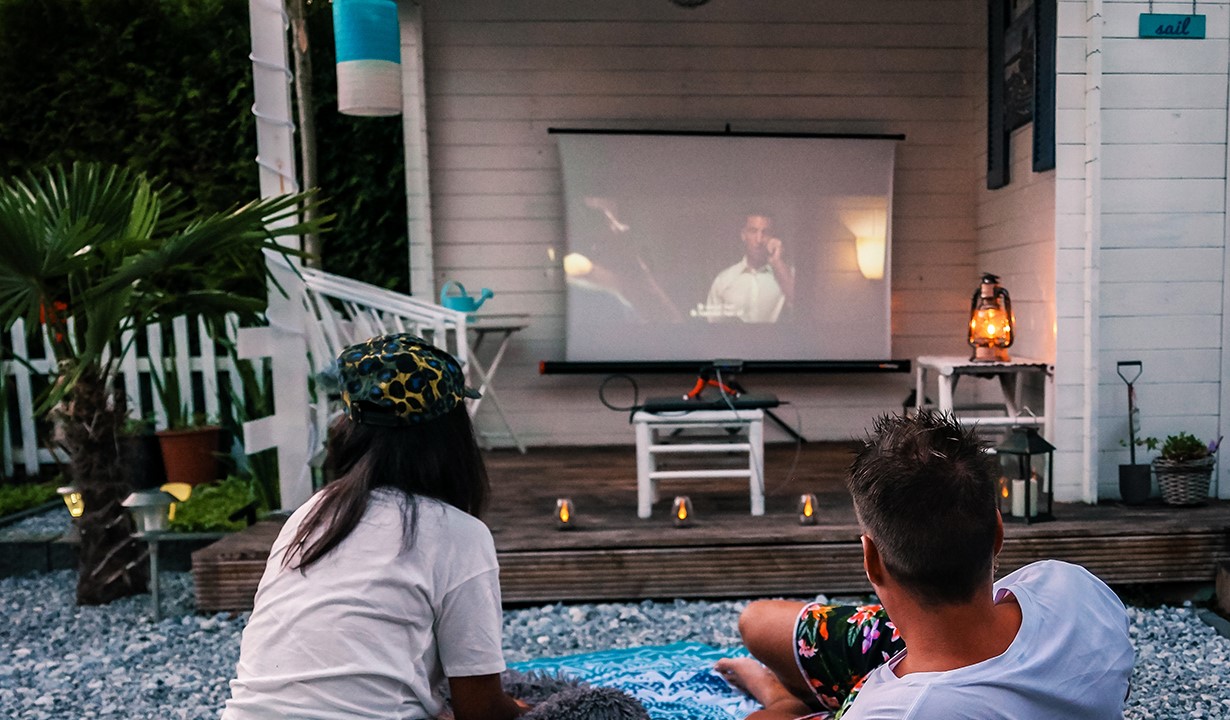
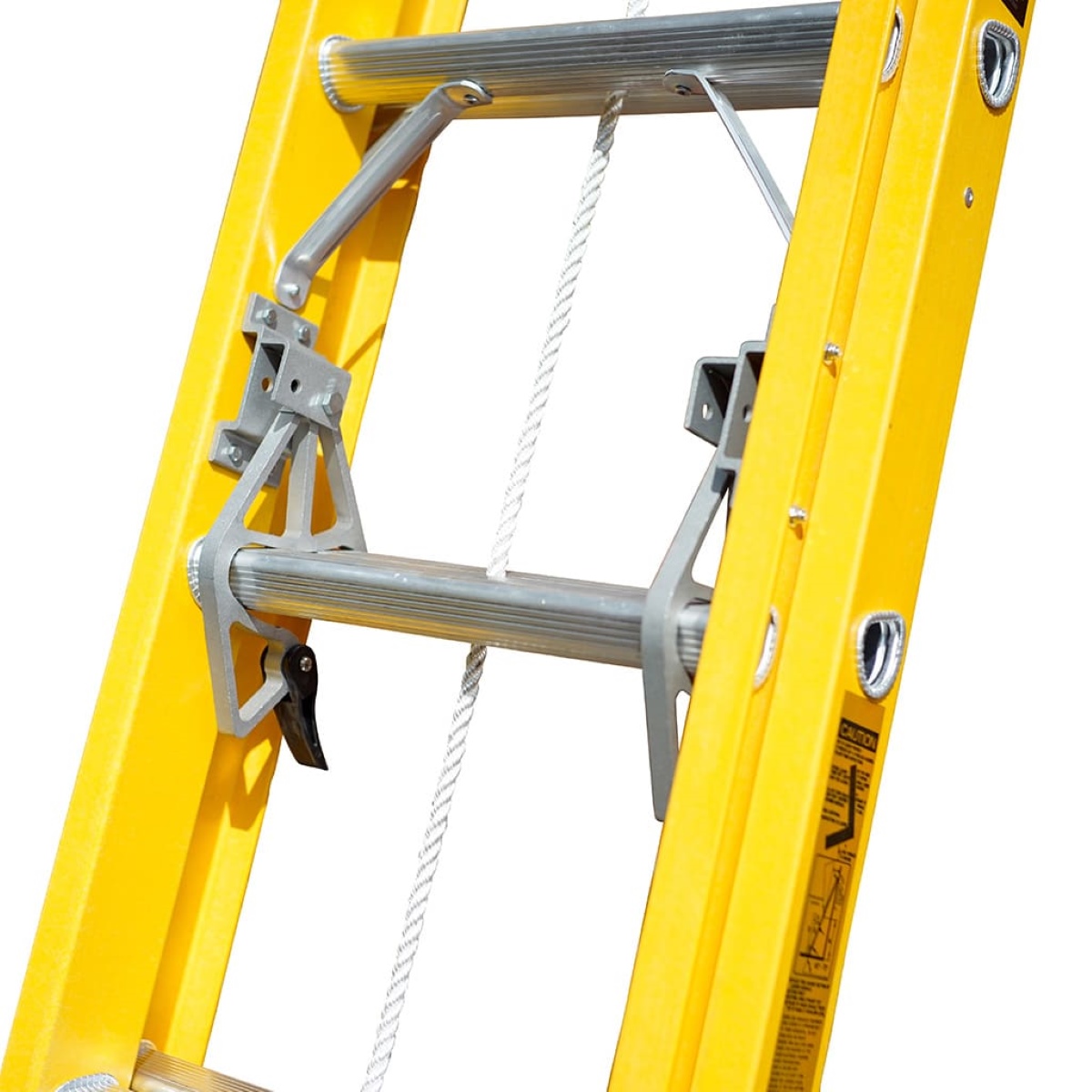
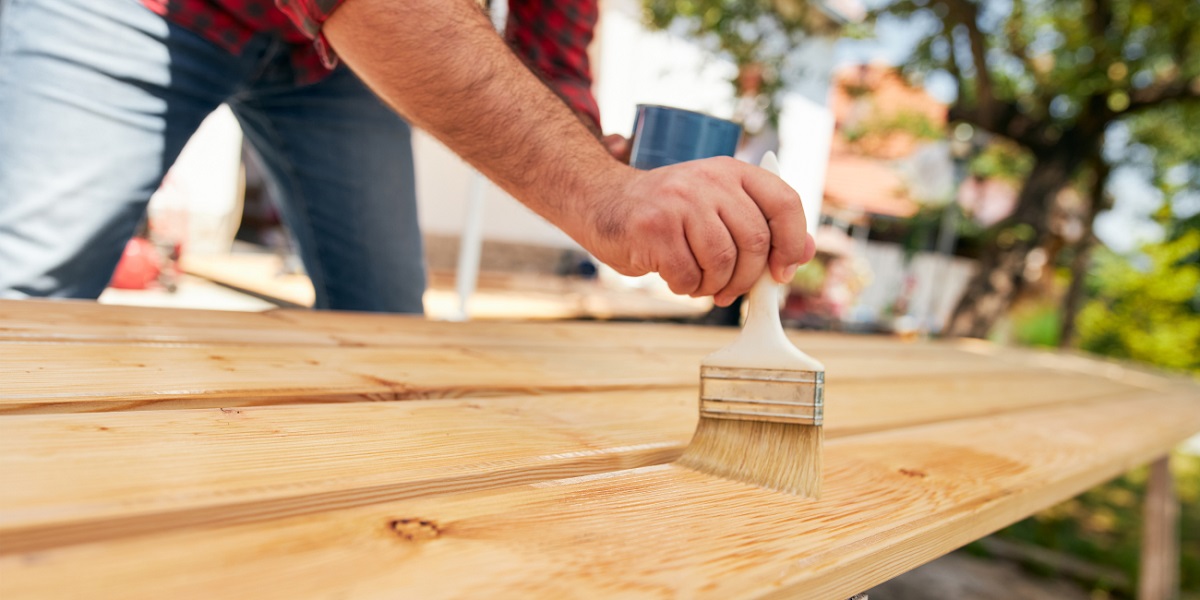
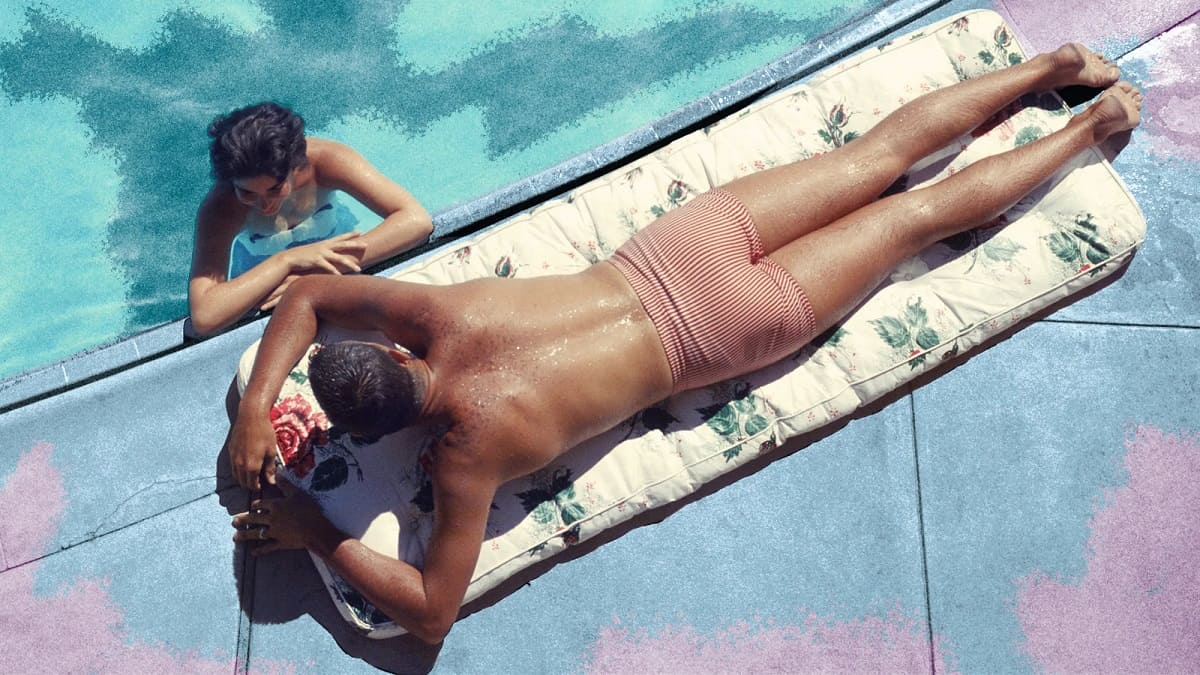
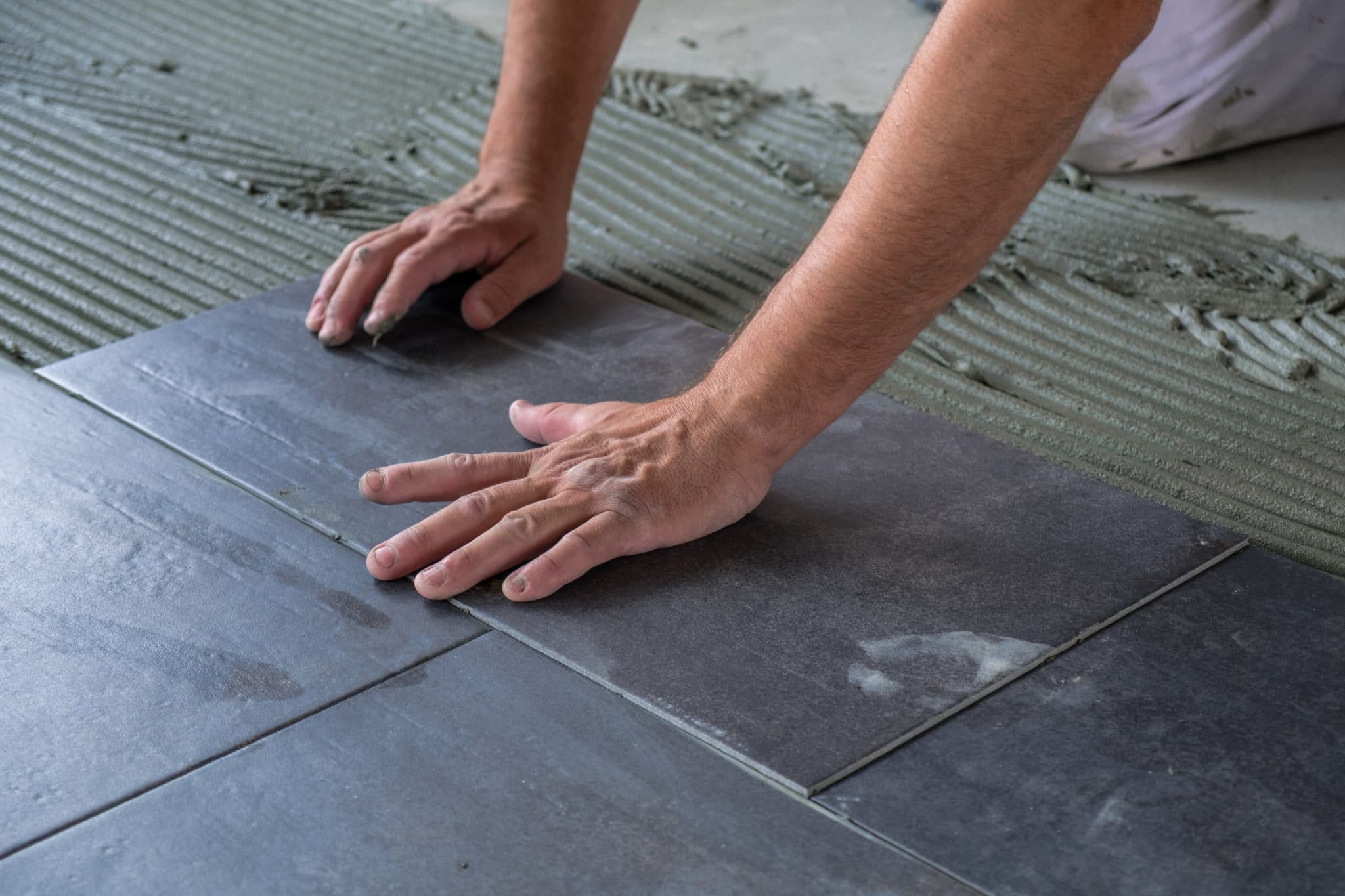
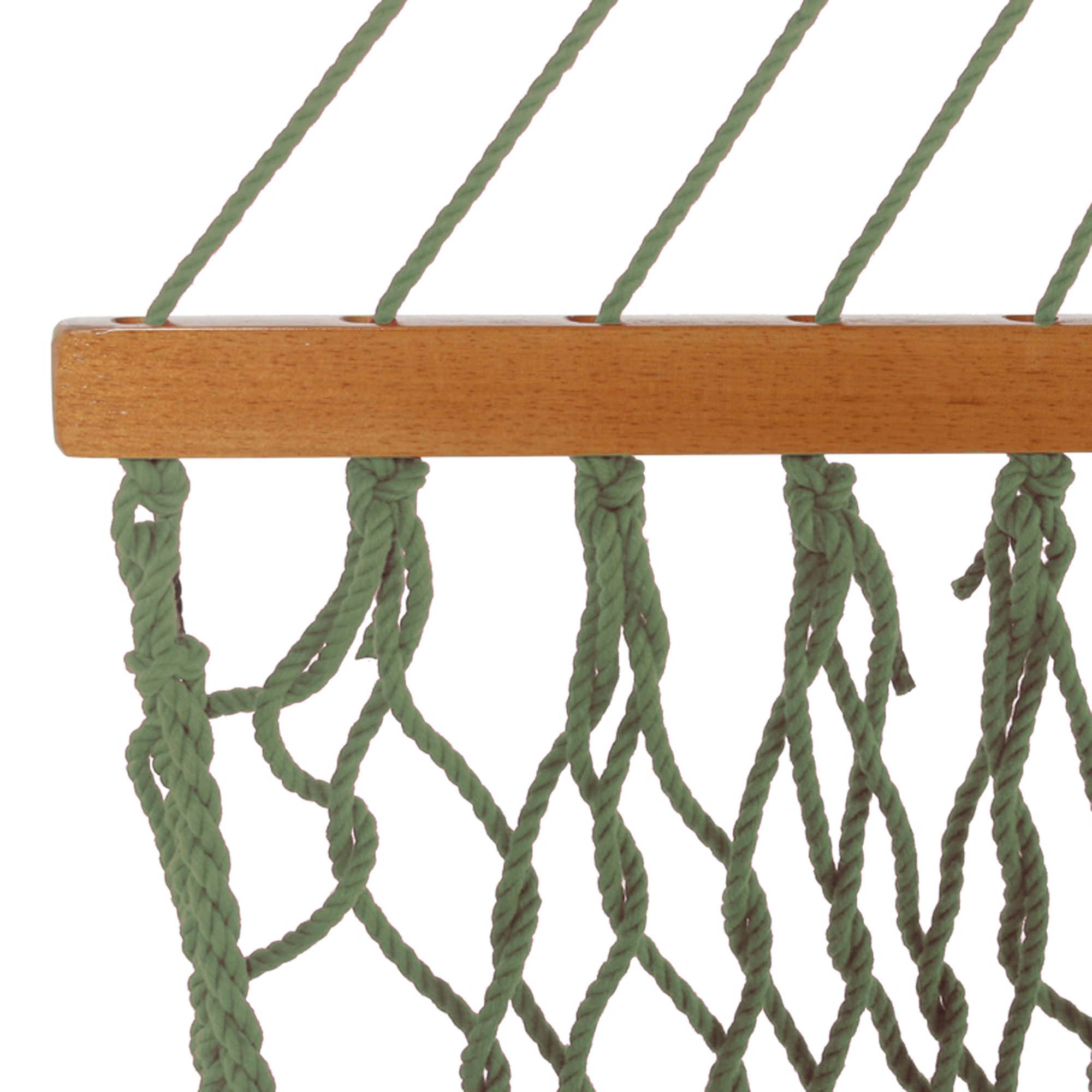
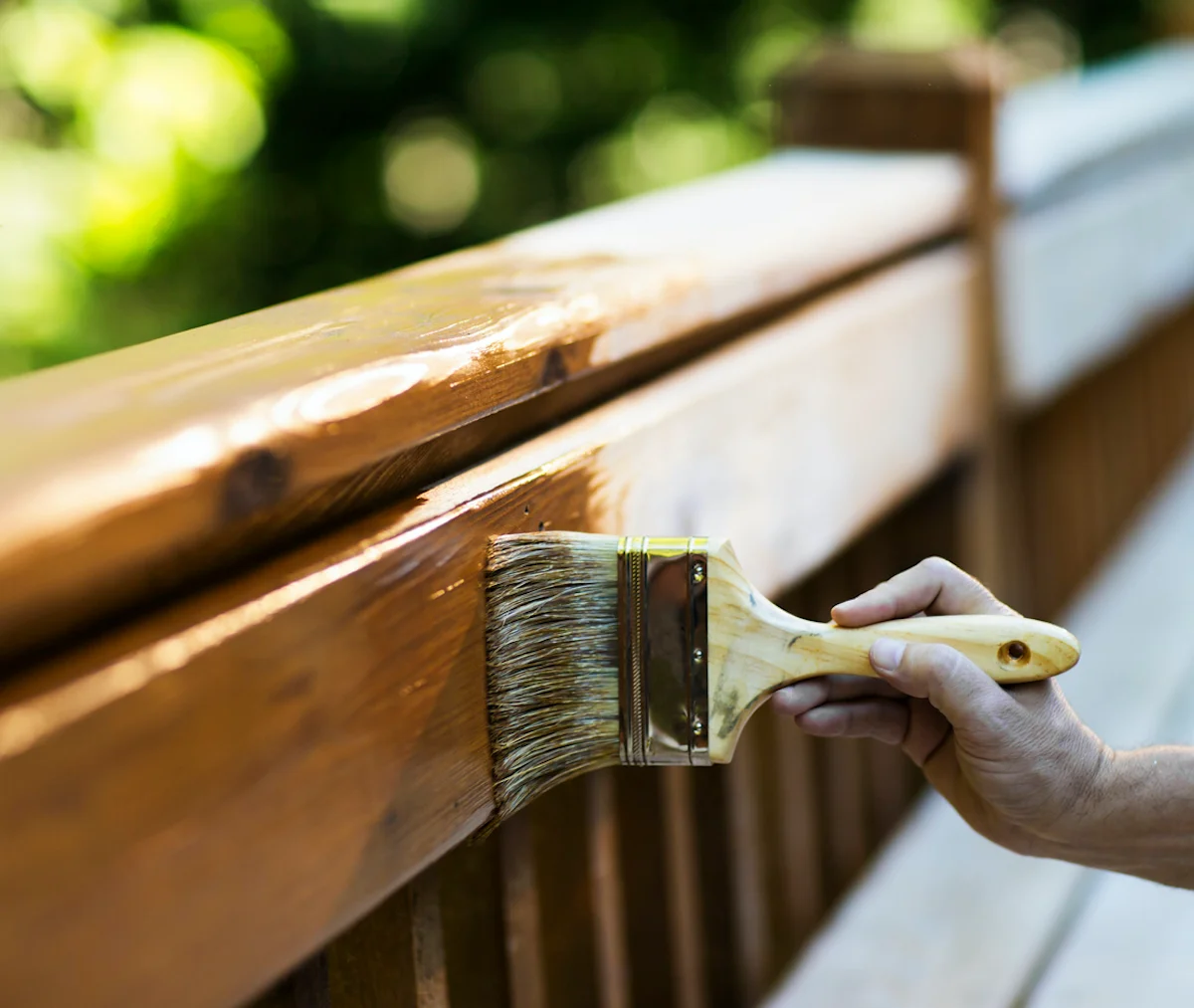
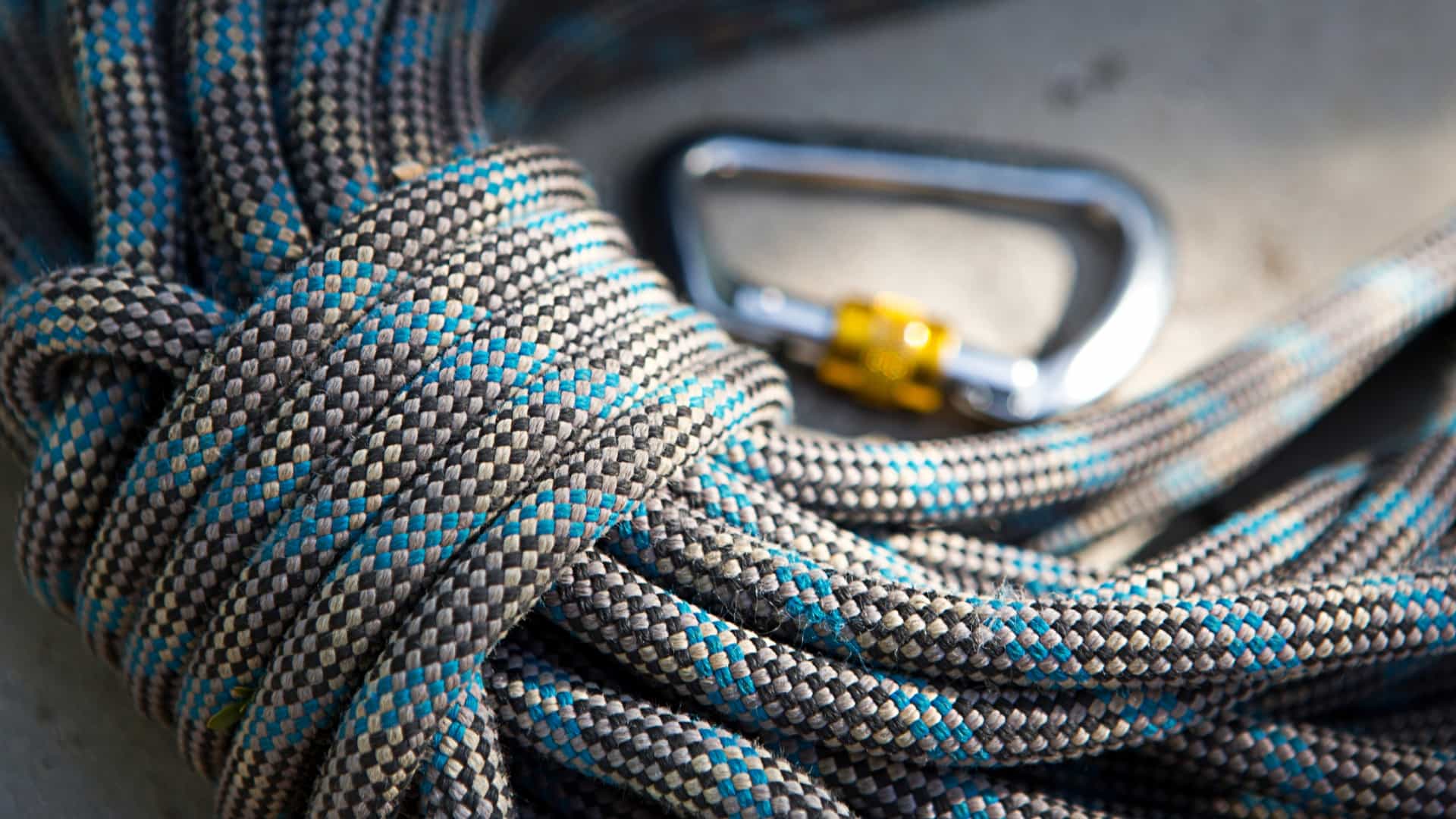
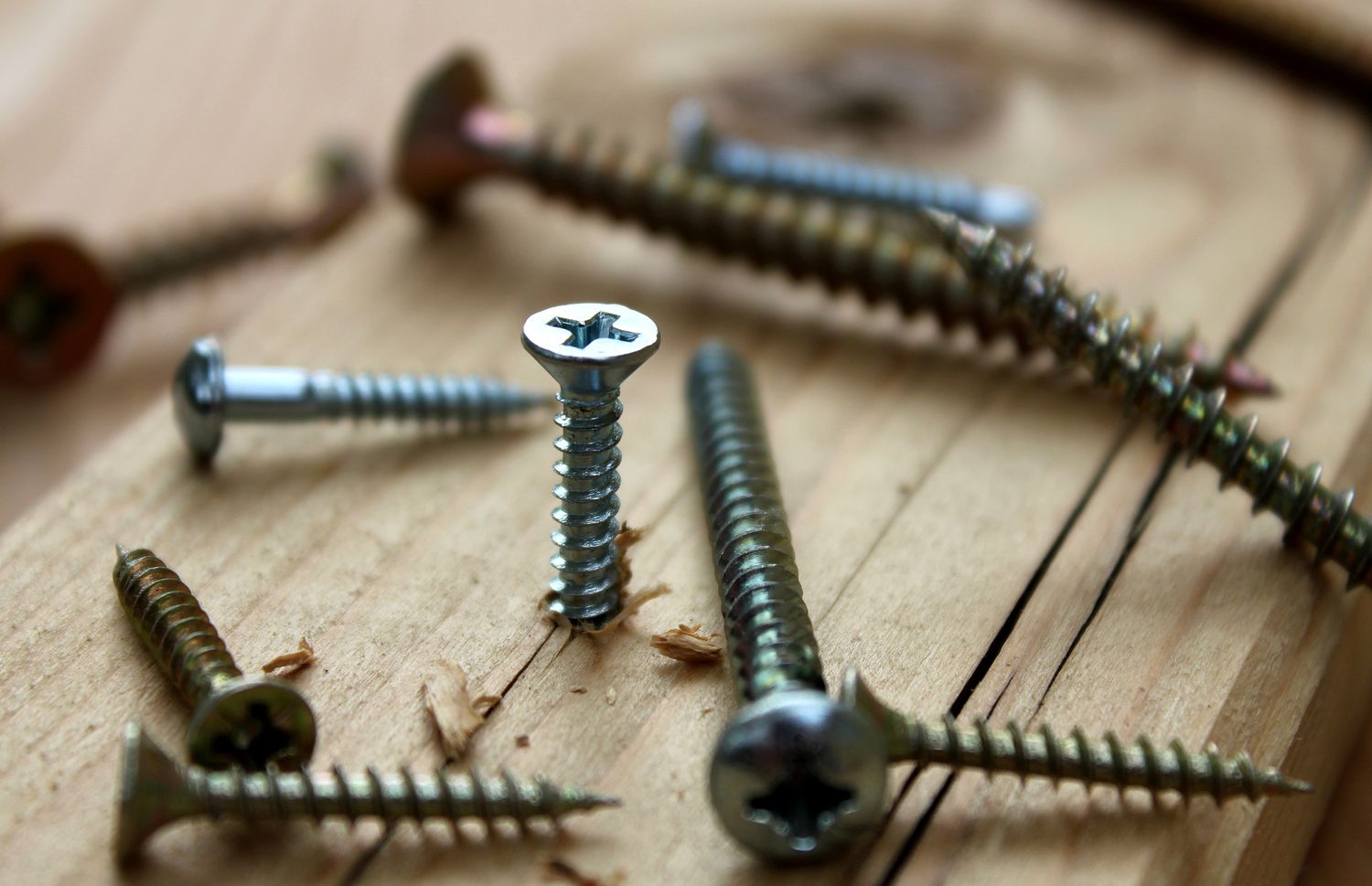
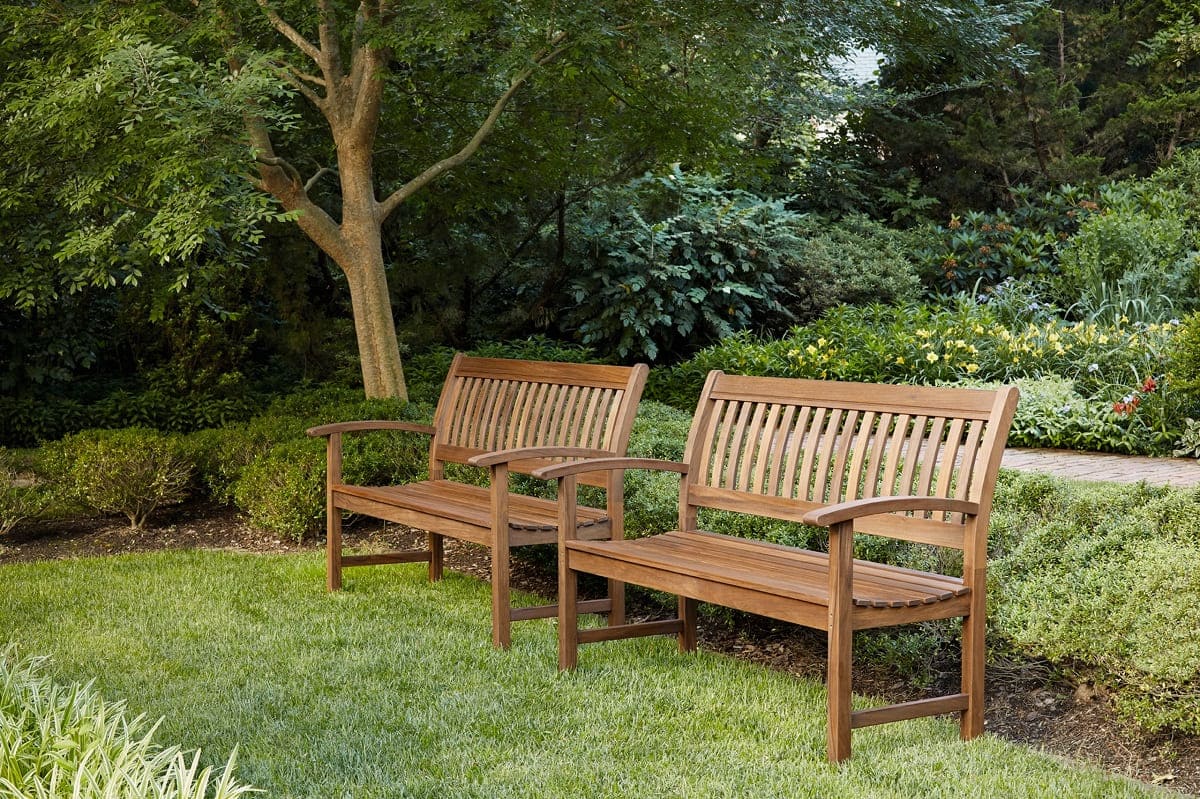
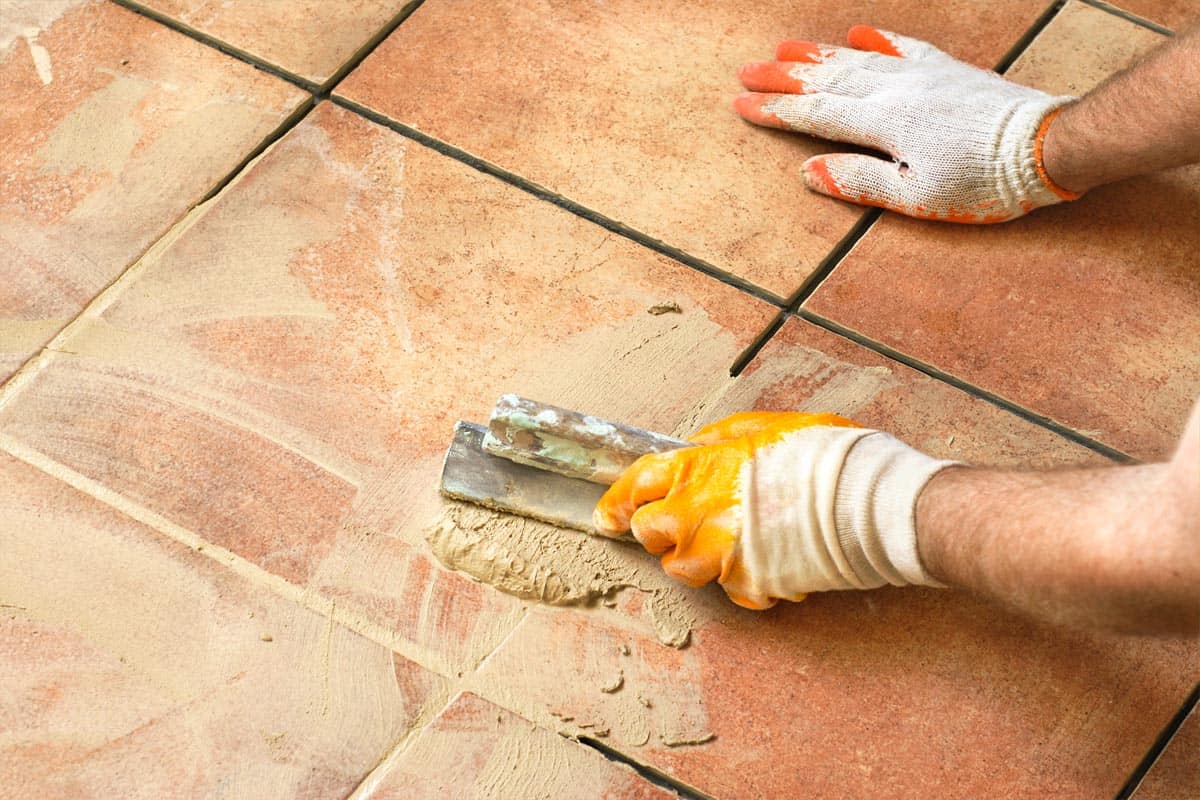
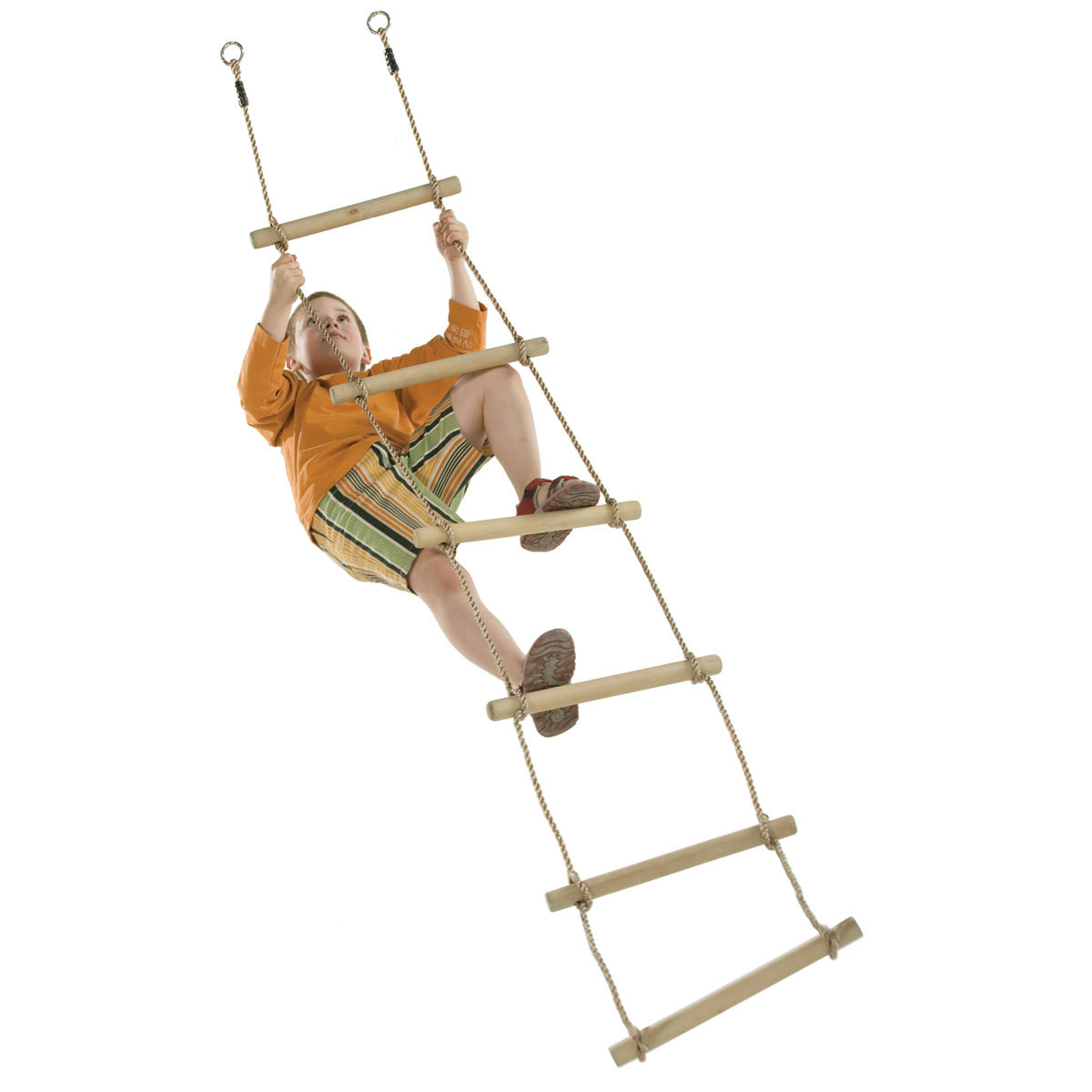
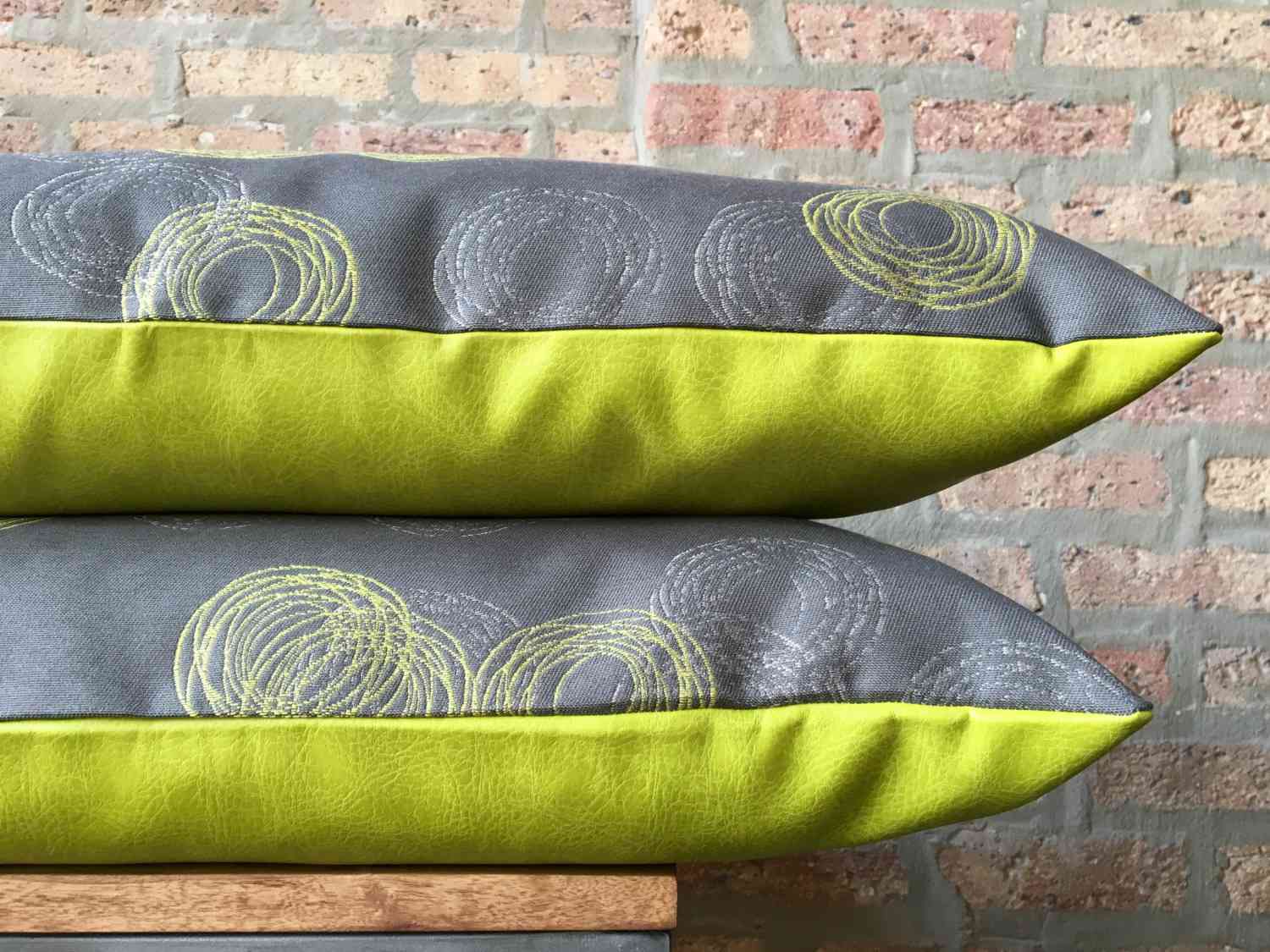
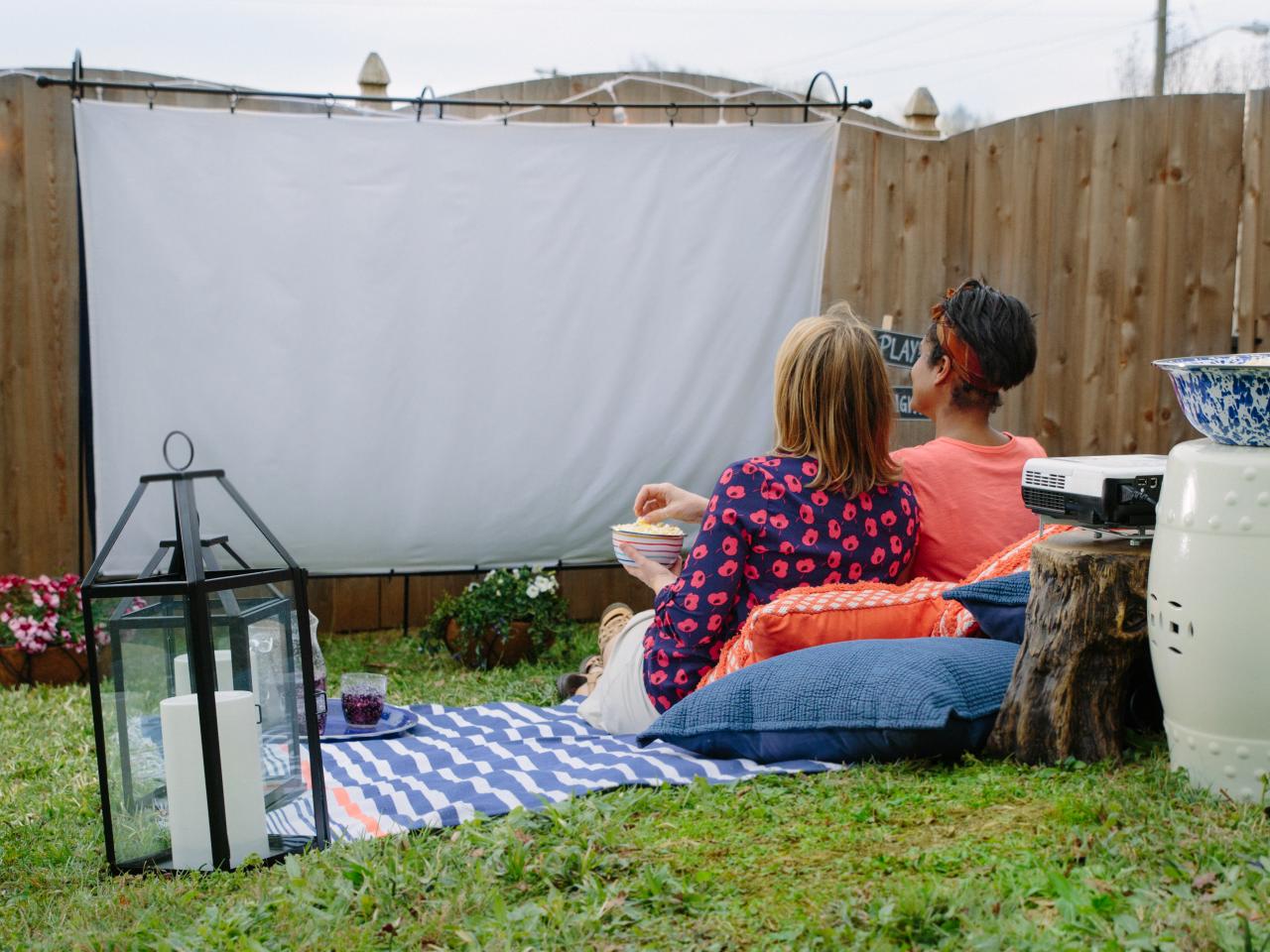

0 thoughts on “What Rope Is Best For Outdoor Use”